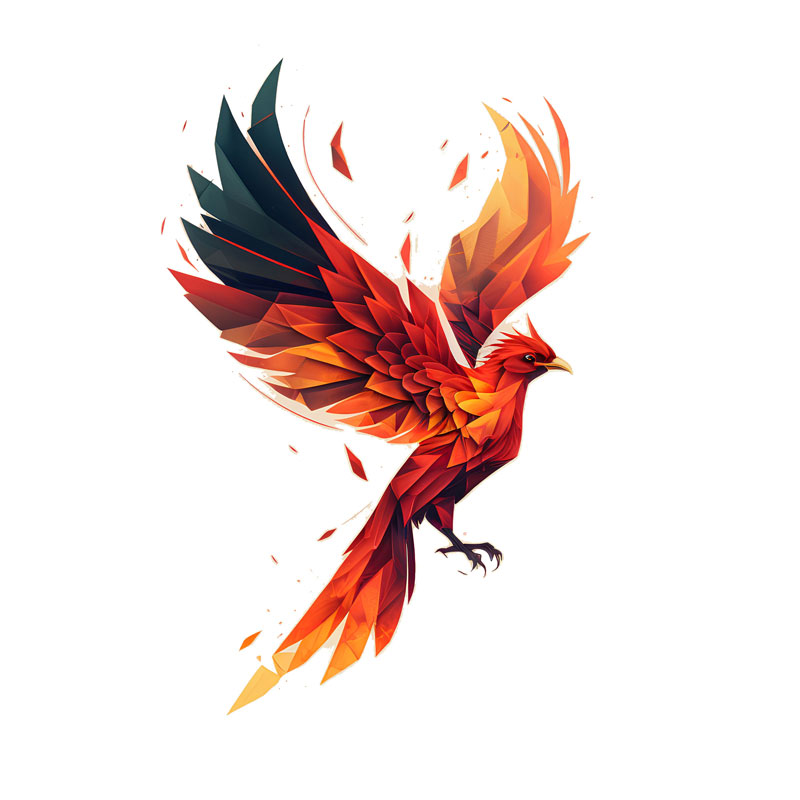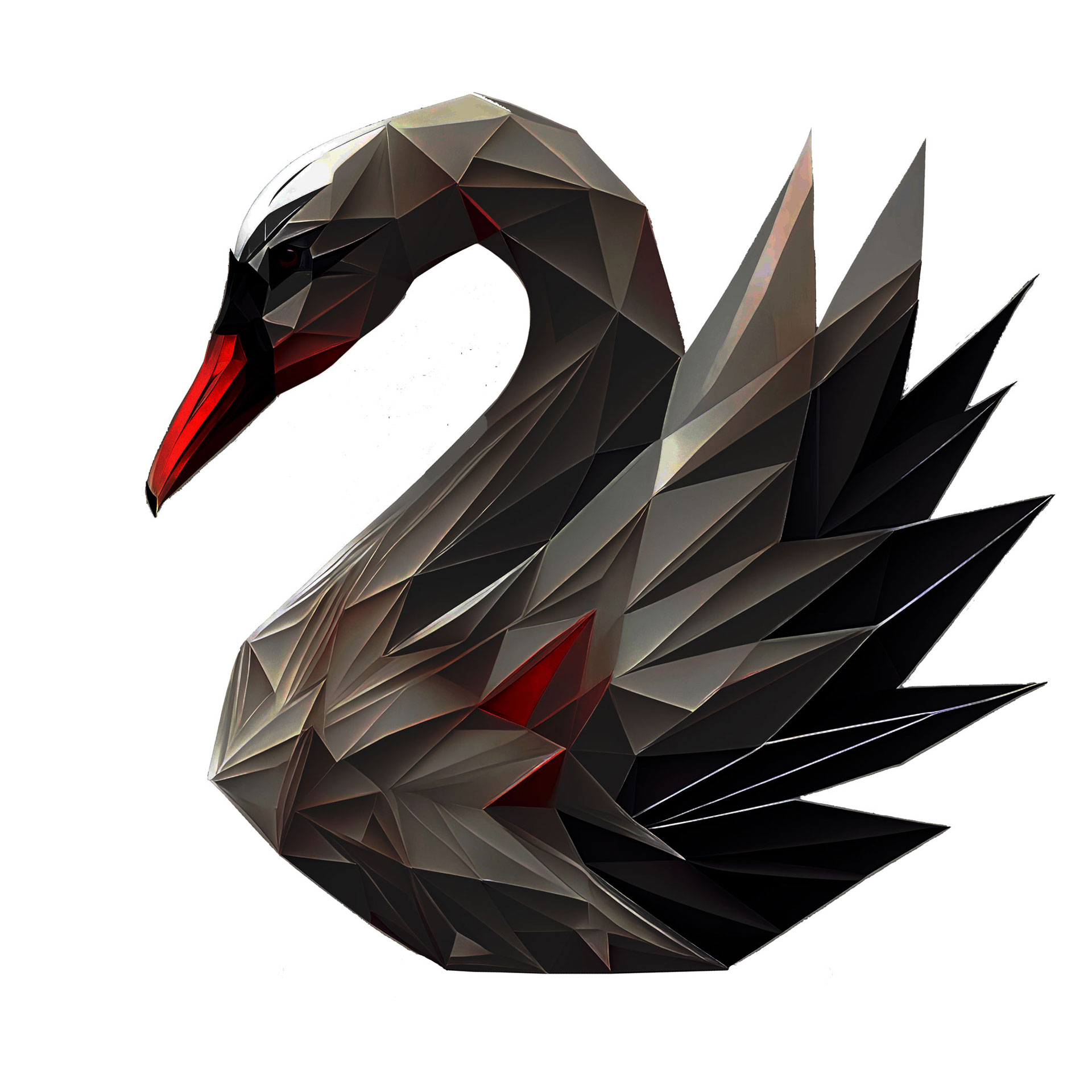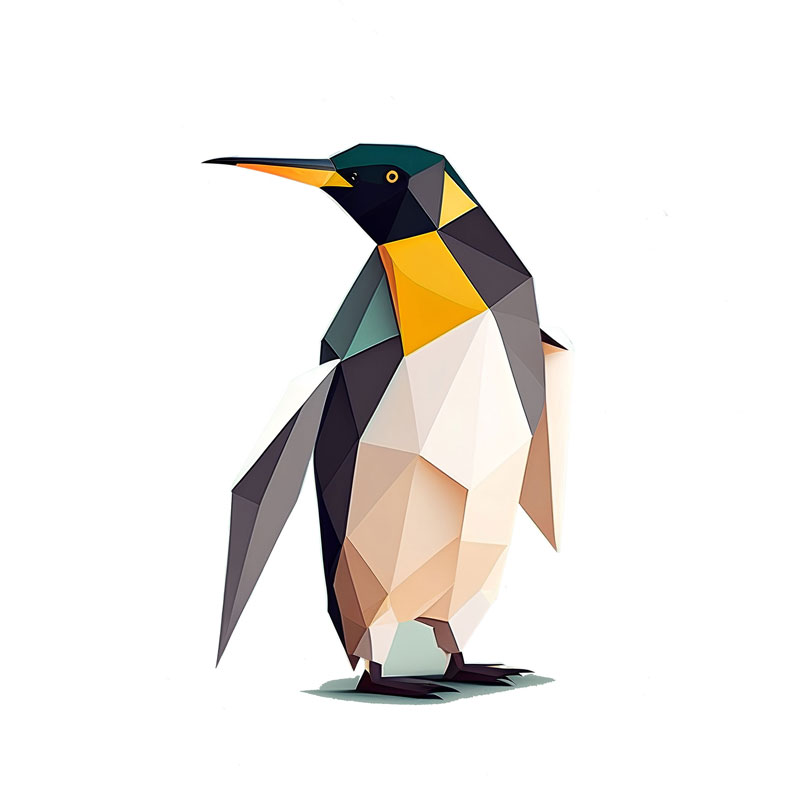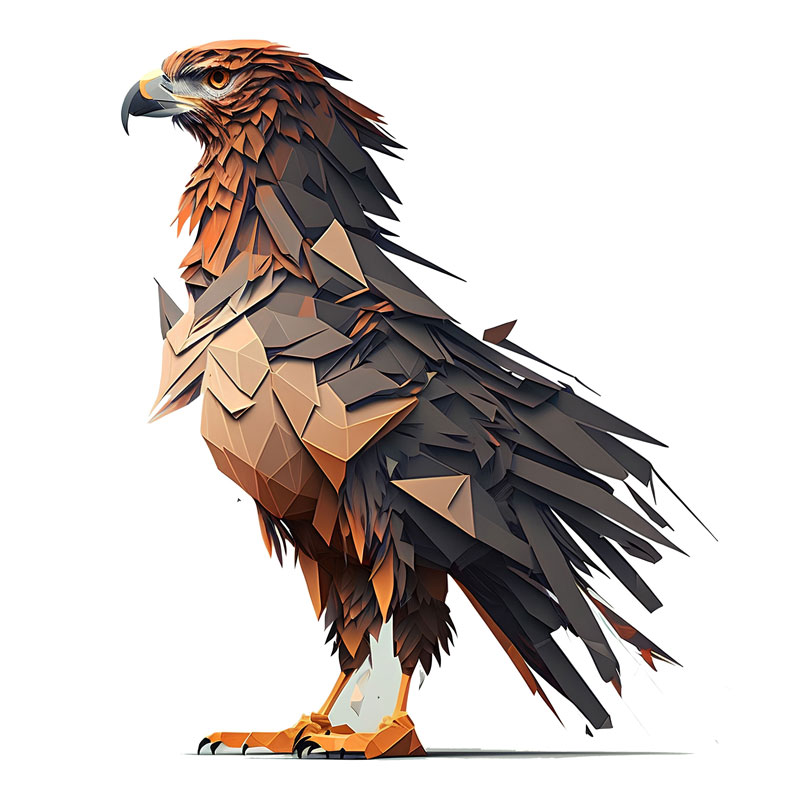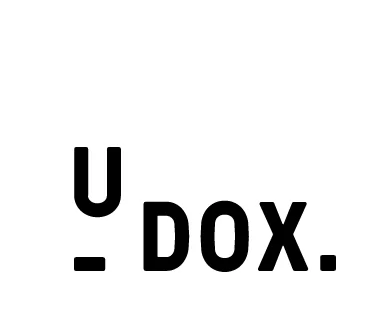01
Those that adapt, survive
History
The fashion industry has always recovered from a crisis.
adapt survive adapt survive adapt survive adapt survive adapt survive
adapt survive adapt survive adapt survive adapt survive adapt survive
Looking back
-
Fast Fashion
The term 'fast fashion' was coined by the NYT after Zara's accelerated production model from catwalk to store
1990 -
Ecommerce
Boo.com was the first well-known fashion ecommerce site
1998 -
Luxury Ecommerce
Gucci launches its online store. Net-a-Porter is launched
2002 -
Global pandemic start
31 December 2019, the World Health Organisation (WHO) was informed of a cluster of cases of pneumonia of unknown cause detected in Wuhan City, Hubei Province, China
2019 -
TikTok
TikTok hit mainstream culture in 2020, knocking Facebook off the top spot to become the most downloaded app of the year
2020 -
Rise of Metaverse and NFT
Facebook launched the metaverse. An NFT by American graphic designer Mike Winkelmann, was sold for $69.3 million in February 2021
2021 -
Revenge spending
Fashion net retail revenue increased by c. 20% from 2020 to 2022 and is estimated to grow even further
2022

02
There's a new industry reality
-
Not everyone is capable to act
- High debt levels, reduced profitability and high overstock is tying up capital and increasing change reluctance
-
Changing role of the store
- Direct exchange with customers – e.g. via social media – will become inevitable to build strong brands and long-lasting customer relationships
-
More than just a product
- Clear brand purpose and sustainability efforts are becoming vital. Having a great product is not enough anymore – brands need to care
-
Supply under pressure
- Unstable supply chains and rising costs of materials (e.g. cotton, zippers) and logistics require more dynamic and flexible processes
-
The established is challenged
- Mainstream champions, formal wear and even successful business models are under pressure from the shift to casual / athleisure / outdoor and fast-growing disruptors (particularly from China)
-
More uncertainty than ever
- Low pre-orders, unsecure consumer spending, exchange rate risks and increasing legal requirements call for scenario planning
03
What else could be on the horizon?
What if the unexpected happens?
What if the unexpected happens?
04
Whatever happens, all is not lost
Prediction
Seven hypothetical Black Swan scenarios that could disrupt the fashion industry and change its course as we know it

Drastic raw material cost increase
The drastic increase in the cost of raw materials means brands will have to shift to more sustainable ways of production

Severe regulation tightening
Tighter regulations caused by climate centricity, fair trade and resource scarcity will drive significant changes

Shutdown of regular waste disposal routes
New landfill regulations could cut off waste disposal routes, leading to severe strain on domestic disposal systems

A new and stronger pandemic
Another global pandemic could increase inequality yet again
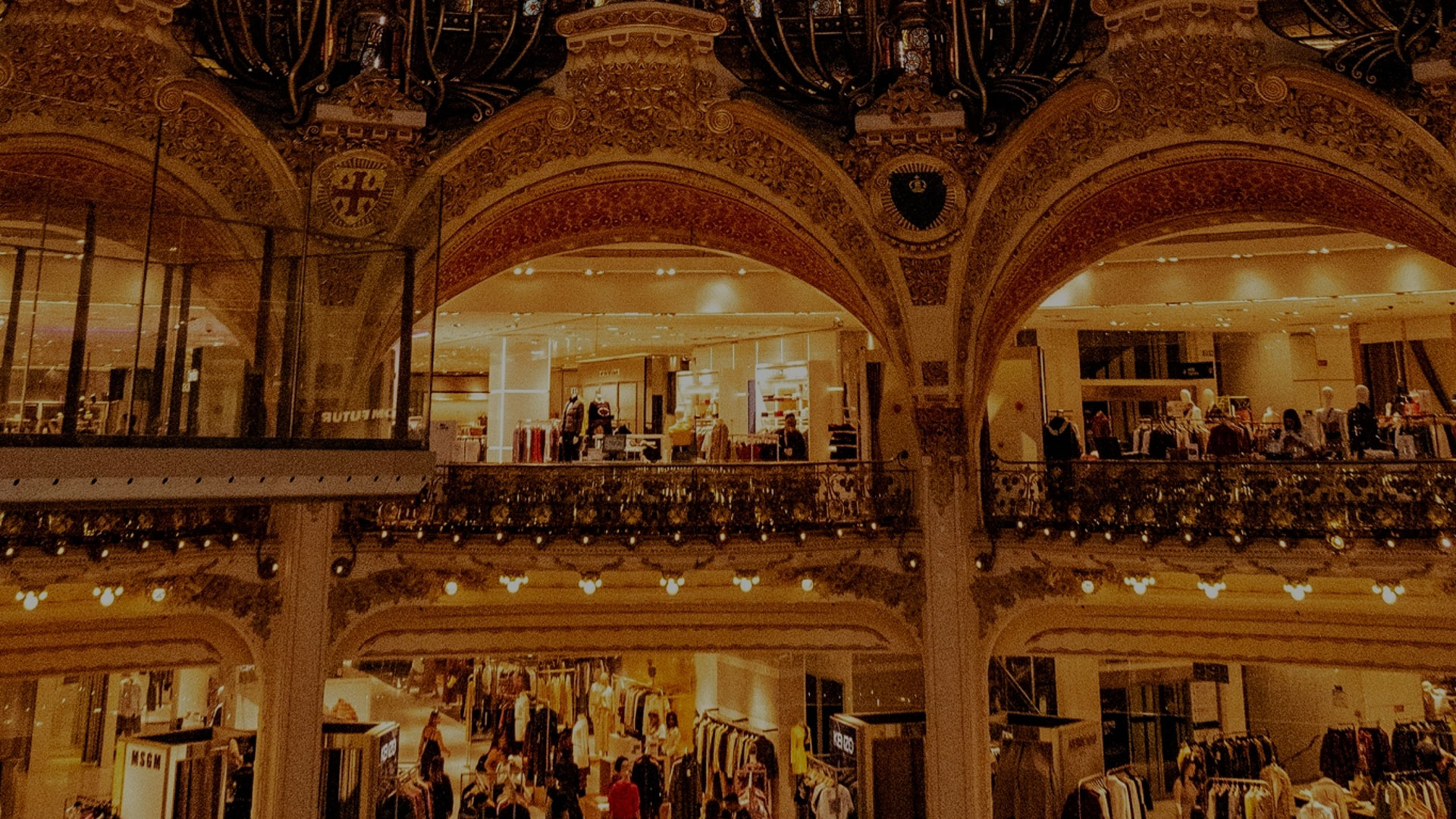
Severe economic recession
Another severe economic recession will test luxury brands' integrity and put smaller houses at the risk of insolvency

Drastic escalation of political turmoil
Escalating political turmoil will have an undeniable impact on supply chains and markets

China market slowdown
Brands with a high exposure to the China market might want to rethink China's role and diversify to avoid market risks
Download the full study
Black Swan Scenarios in Fashion 2023
Leave your email and take our insights.
Download the full study here:






